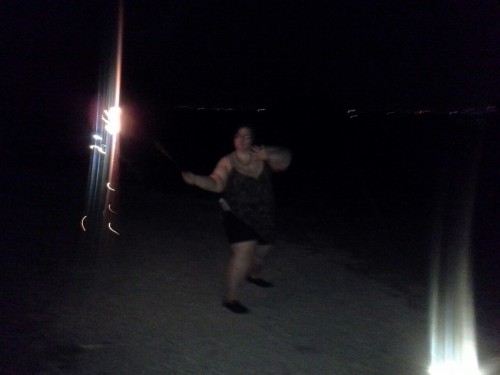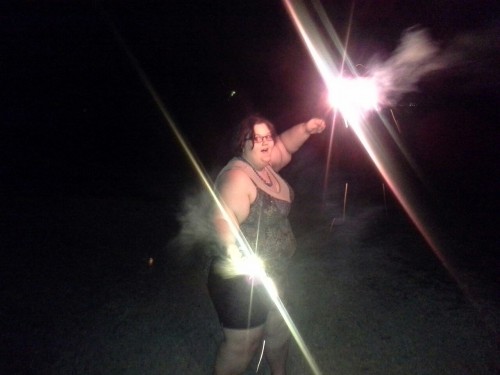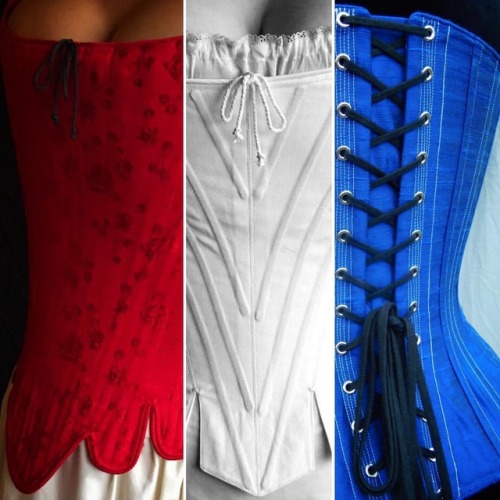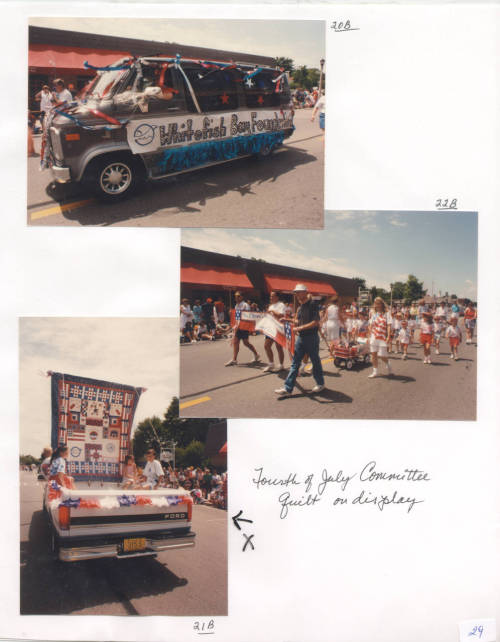#4th of july



Balloons? Check! Festive bow tie? ❤ Check! Sounds like a purrfect 4th of July celebration to me! ❤ I’ll be inside for the weekend! People in our area are already setting off fireworks like crazy. Please keep your pets inside and safe this weekend! ❤ Happy #Caturday Furrends! ❤❤ #JTCatsby ❤
#saturdaymorning #saturdaymotivation #saturdayvibes #caturdaycutie
Huntington Beach, California, 1975.
“For revolting barbarity and shameless hypocrisy, America reigns without a rival.” - Frederick Douglass #Happy4thofYouLie
Post link
HAPPY 4th OF JULY TO ALL MY AMERICAN FOLLOWER’S!
Happy 4th of July from Period Corsets! #redwhiteandblue #4thofjulyfashion #corset #corsetry #corsetmaker #costumemaker #bespokecorsetry #corsetdetail #madeinamerica #madeinusa (at Seattle, Washington)
Post link
Woman’s Relief Corps float for 4th of July parade, Crandon, Wisconsin, 1907.
via:Crandon Community Building Collection, Crandon Public Library
Post link
Scenes from 4th of July parade celebrating Whitefish Bay’s centennial, 1992.
From volume 29 in a series of 40 scrapbooks compiled by Mimi Bird of Whitefish Bay, Wisconsin.
via:Mimi Bird Historical Collection, Whitefish Bay Public Library
Post link
July 4, 1776 - American colonies declares independence
“On this day in 1776, in Philadelphia, Pennsylvania, the Continental Congress adopts the Declaration of Independence, which proclaims the independence of a new United States of America from Great Britain and its king. The declaration came 442 days after the first shots of the American Revolution were fired at Lexington and Concord in Massachusetts and marked an ideological expansion of the conflict that would eventually involve France’s intervention on behalf of the Americans.
The first major American opposition to British policy came in 1765 after Parliament passed the Stamp Act, a taxation measure designed to raise revenues for a standing British army in America. Under the banner of “no taxation without representation,” colonists convened the Stamp Act Congress in October 1765 to vocalize their opposition to the tax. With its enactment in November, most colonists called for a boycott of British goods, and some organized attacks on customhouses and homes of tax collectors.
After months of protest in the colonies, Parliament finally voted to repeal the Stamp Act in March 1766. Most colonists continued to quietly accept British rule until Parliament’s enactment of the Tea Act in 1773, a bill designed to save the faltering British East India Company by greatly lowering its tea tax and granting it a monopoly on the American tea trade. The low tax allowed the company to undercut even tea smuggled into America by Dutch traders, and many colonists viewed the act as another example of taxation tyranny.
In response, militant colonists in Massachusetts organized the “Boston Tea Party,” which saw British tea valued at some £18,000 dumped into Boston Harbor. Parliament, outraged by the Boston Tea Party and other blatant acts of destruction of British property, enacted the Coercive Acts, called the Intolerable Acts by the colonists, in 1774. The Coercive Acts closed Boston to merchant shipping, established formal British military rule in Massachusetts, made British officials immune to criminal prosecution in America and required colonists to quarter British troops.
In response, the colonists called the first Continental Congress to consider united American resistance to the British. With the other colonies watching intently, Massachusetts led the resistance to the British, forming a shadow revolutionary government and establishing militias to resist the increasing British military presence across the colony. In April 1775, Thomas Gage, the British governor of Massachusetts, ordered British troops to march to Concord, Massachusetts, where a Patriot arsenal was known to be located. On April 19, 1775, the British regulars encountered a group of American militiamen at Lexington, and the first shots of the American Revolution were fired. Initially, both the Americans and the British saw the conflict as a kind of civil war within the British empire. To King George III, it was a colonial rebellion, and to the Americans, it was a struggle for their rights as British citizens. However, Parliament remained unwilling to negotiate with the American rebels and instead hired Hessians, German mercenaries, to help the British army crush the rebellion.
In response to Britain’s continued opposition to reform, the Continental Congress began to pass measures abolishing British authority in the colonies. In January 1776, Thomas Paine published Common Sense, an influential political pamphlet that convincingly argued for American independence and sold more than 500,000 copies in just a few months. In the spring of 1776, support for independence swept the colonies, the Continental Congress called for states to form their own governments and a five-man committee was assigned to draft a declaration. The Declaration of Independence was largely the work of Virginian Thomas Jefferson. In justifying American independence, Jefferson drew generously from the political philosophy of John Locke, an advocate of natural rights, and from the work of other English theorists. The declaration features the immortal lines, “We hold these truths to be self-evident, that all men are created equal, that they are endowed by their Creator with certain unalienable Rights, that among these are Life, Liberty and the pursuit of Happiness.” It then goes on to present a long list of grievances that provided the rationale for rebellion. On July 2, 1776, the Continental Congress voted to approve a Virginia motion calling for separation from Britain. The dramatic words of this resolution were added to the closing of the Declaration of Independence.
Two days later, on July 4, the declaration was formally adopted by 12 colonies after minor revision. New York, the 13th colony, approved it on July 19. On August 2, the declaration was signed. The American War for Independence would last for five years. Yet to come were the Patriot triumphs at Saratoga, the bitter winter at Valley Forge, the intervention of the French and the final victory at Yorktown in 1781. In 1783, with the signing of the Treaty of Paris with Britain, the United States formally became a free and independent nation.”
This week in History:
July 1, 1867 - Canadian Independence Day
July 2, 1964 - President Johnson signs Civil Rights Act
July 3, 1890 - Idaho becomes 43rd state
July 5, 1921- Chicago White Sox accused of throwing World Series
July 6, 1957 - Althea Gibson becomes first African American to win Wimbledon
July 7, 1930 - Building of Hoover Dam begins
Thispainting of the Reading of the Declaration of Independence can be found in the collection of the Westchester County Historical Society.
Post link


















